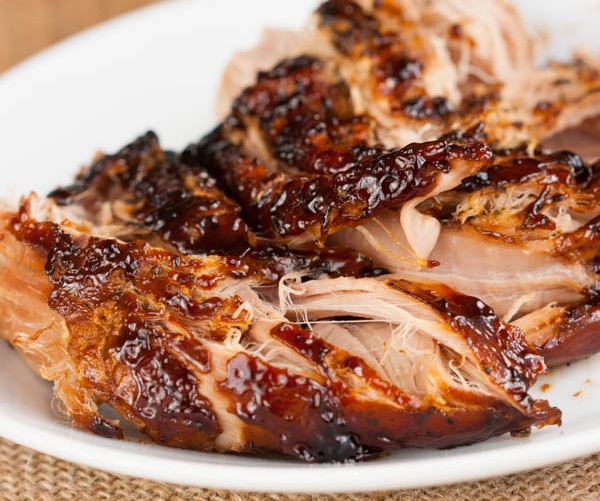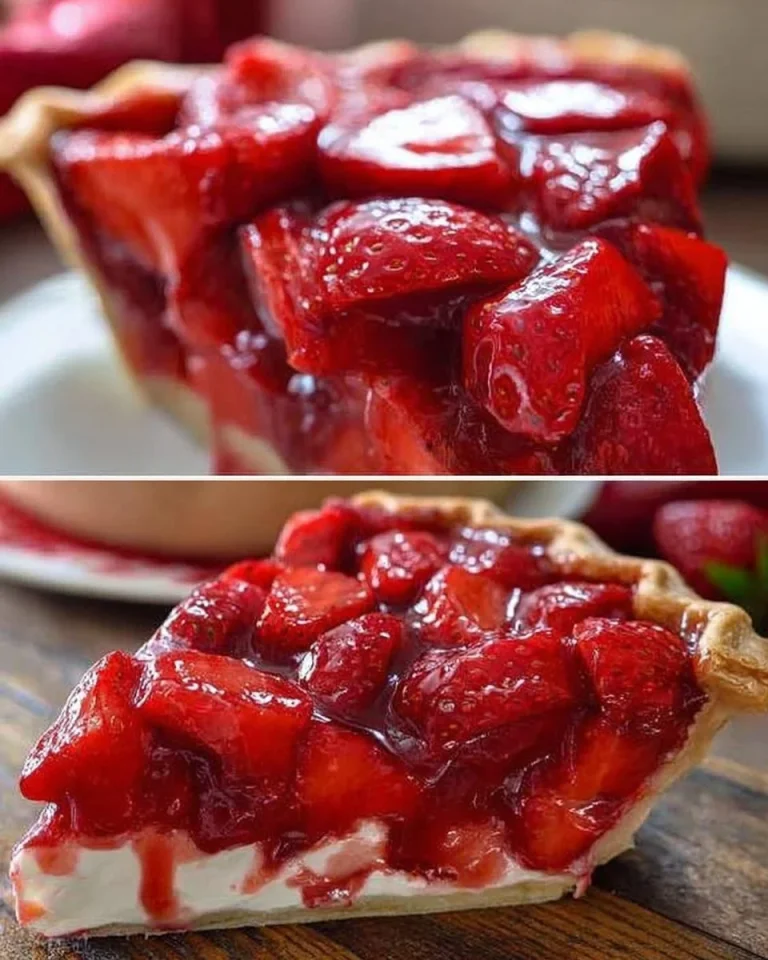
The perfect base fo rpumpkin pie or any single-crust pie, this all-butter crust is flaky and tender, yet easy to work with. After blind-baking it as instructed below, simply add your filling of choice and continue baking as needed.
Ingredients
- 1/2 cup (4 oz.) unsalted butter
- 5-5/8 oz. (1-1/4 cups) unbleached all-purpose flour; more for rolling
- 2 tsp. granulated sugar
- 1/2 tsp. table salt
Preparation
Make the dough
- Cut the butter into 6 pieces and put in the freezer. Measure out 3 Tbs. cold water.
- Whisk together the flour, sugar, and salt in a large bowl. Using a pastry blender or two butter knives, cut the cold butter into the flour mixture until the pieces are just larger than peas. (You can also do this in a food processor using short pulses. Scrape the mixture into a large bowl before proceeding.)
- Drizzle the cold water over the mixture and, using the fingertips of one hand, pinch and squeeze the mixture while tossing with a silicone spatula in the other hand until it begins to form shaggy clumps.
- Scrape the dough onto a clean work surface. Using the heel of your hand, gently smear the dough away from you in sections. Using a bench scraper, gather and fold the crumbs on top of each other and turn the pile 180°. Repeat the smearing action, gathering and turning the dough several times until the crumbs just hold together. Shape the dough into a 5-inch disk, smoothing the edges. Wrap in plastic and refrigerate until firm, at least 2 hours.

The French technique of fraisage, or smearing the dough with the palm of your hand, creates layers and streaks (rather than lumps) of butter in the dough, which produces a flakier crust.
Roll the dough
- Let the dough sit at room temperature until it’s pliable enough to roll, 10 to 20 minutes.
- Put a large piece of parchment paper on a work surface, lightly flour it, and put the dough in the center. Lightly flour the dough and cover with another piece of parchment. Using a rolling pin, roll the dough from the center to the edges into a 13-1/2-inch circle that’s about 1/8 inch thick. After every few passes, rotate the parchment a quarter turn, and lift the dough and stretch out the parchment underneath; it tends to bunch a little. Reflour the parchment lightly only as needed; excess flour can make the crust tough.
- Peel away the top piece of parchment. Gently roll the dough around the rolling pin, position the pin over a 9-inch glass pie plate, and unroll, easing the dough into the plate. Gently press the dough into the sides and bottom of the plate without stretching it, allowing the excess dough to hang over the edges. Trim the excess dough to a 3/4-inch overhang. Roll the overhang under itself to shape a high edge crust that rests on the rim of the pie plate. Crimp the dough into a fluted edge. Cover and refrigerate the crust while the oven heats.

Refrigerating the dough after fitting it to the crust helps relax the gluten and keeps the butter cold, ensuring that the crust doesn’t shrink when it bakes.
Blind-bake the crust
- Position a rack in the center of the oven and heat the oven to 375°F. Line the crust with foil or parchment, and then fill with pie weights or dried beans. Bake for 25 minutes. Carefully remove the foil and pie weights. Bake until the crust is pale golden and looks dry, 5 to 8 minutes more. Let cool on a rack for 10 minutes, before filling and baking according to your filling recipe.
Make Ahead Tips
The dough can be wrapped in plastic and refrigerated for up to 2 days, or frozen for up to 1 month. If you freeze it, thaw it overnight in the refrigerator.
The pie crust can be rolled, shaped and crimped, then frozen (wrapped in plastic) for up to 1 month. Blind-bake the crust directly from the freezer.






